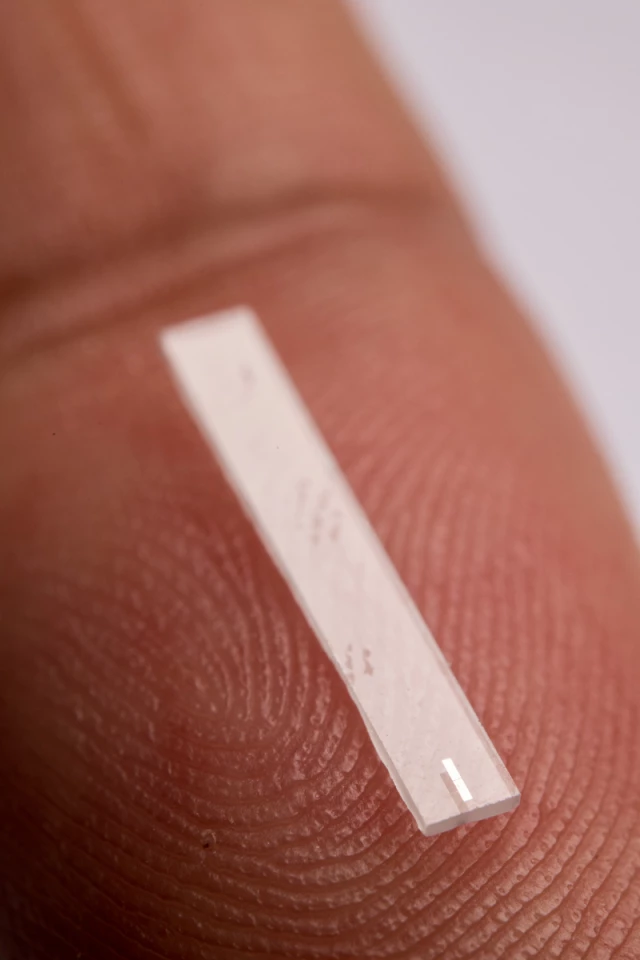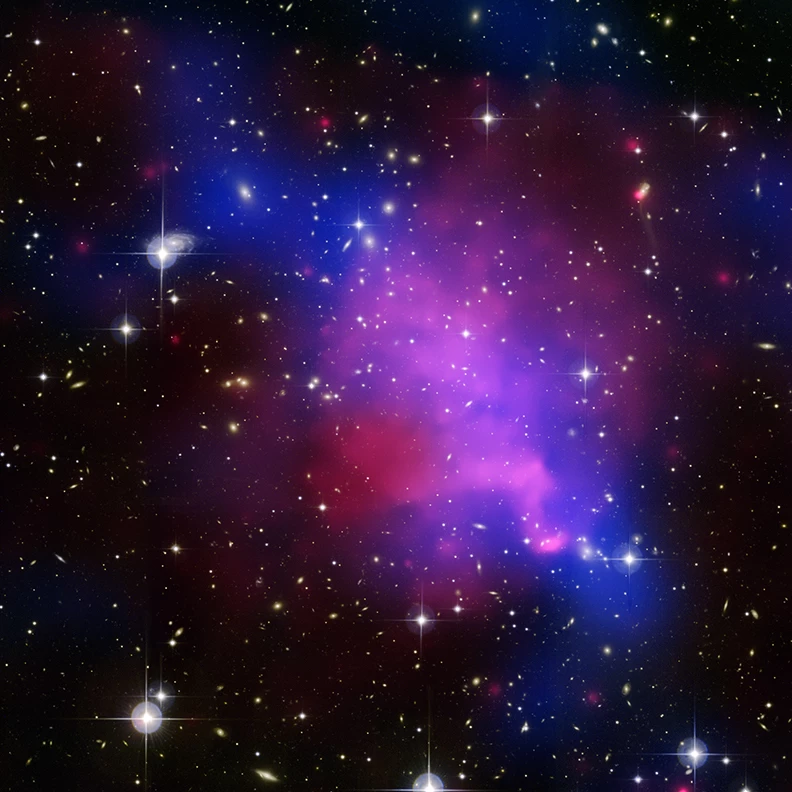Dark matter may make up the vast majority of the matter in the universe, but it’s strangely shy about making its presence known. Now, physicists have designed a new test to search for signs of two candidate particles, using the quirky world of quantum technology.
Regular matter – the stuff that makes up seas and stars, people and planets, and basically everything that we interact with every day – only accounts for about 15 percent of all the matter in the universe. The remaining 85 percent is the elusive dark matter.
According to our best models, dark matter should be all around us, but it rarely interacts with light or normal matter. That of course makes it very hard to detect, but it’s not from a lack of trying. Physicists have been conducting experiments for decades trying to get a glimpse at this stuff that, if it ever showed up, would constitute one of the most important scientific discoveries of all time.
Now, physicists at Fermi Lab and the University of Chicago have designed a new type of experiment that could hunt for two hypothetical particles that have been proposed as dark matter candidates: dark photons and axions.
Dark photons are theorized to be the “hidden sector” equivalent of regular photons. The main difference is that dark photons would likely have a mass, whereas regular ones don’t. Axions, meanwhile, are thought to flow through the cosmos in waves, undergoing weak interactions with electricity and magnetism.
Either of these candidates could potentially reveal themselves by producing regular photons where there shouldn’t be any. Under the right circumstances a dark photon could spontaneously be converted to a normal photon, while axions could emit photons through interactions with a magnetic field.

Spotting these errant photons requires just the right kind of experiment, and that’s what the team on the new study has proposed. The researchers developed a device that shuts out background photons, and amplifies any that might be produced through dark matter interactions.
It’s a superconducting microwave cavity, made of 99.9999-percent-pure aluminum. Inside sits a qubit (quantum bit) antenna that measures any photons it detects, up to 50 times within the 500-microsecond lifetime of a photon. The whole kit is cooled down to -273.1 °C (-459.6 °F), just a fraction above absolute zero.

If the qubit returns a value of 1, that would indicate the presence of a photon. The multiple measurements of such a photon should rule out the possibilities of any false positives. That said, there is still some background noise, but it’s drastically reduced from about one photon of noise with every measurement, down to about one in every 1,000 measurements.
The experiment hasn’t been conducted yet, but it would be fascinating to watch for the results if it does go ahead. The team says it could be made even more precise if the temperature can be cooled even further, down to -273.14 °C (-459.66 °F). At that stage, there would be virtually no background photons messing up the signal.
The research was published in the journal Physical Review Letters.
Source: Fermi Lab





